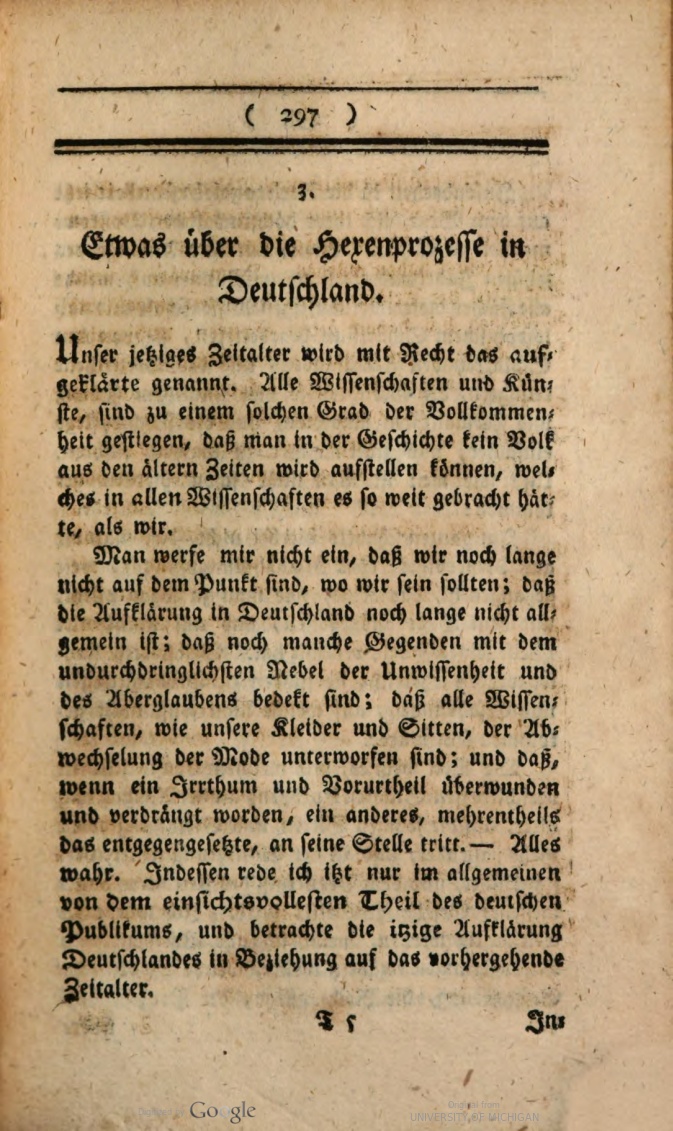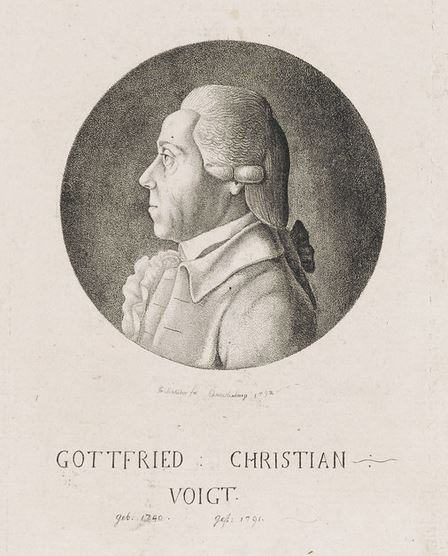
The Myth of Nine Million Victims
For many decades, an idea circulated in the public sphere which held that no fewer than nine million peole had fallen victim to the many witch hunts of the premodern era. This "Nine Million Theory," as Wolfgang Behringer has dubbed it, was never accepted by scholars who dealt with the documentary evidence of actual, premodern witch trials, for the simple reason that it bore no resemblance to the numbers of trials they studied, the numbers of persons who were found guilty and executed, and so on. But that did not diminish theory's popularity, at least for a time.
It turns out that this "estimate" has been around a very long time indeed. It originated in the eighteenth century, with a colossal error of misguided statistical extrapolation. The fellow who came up with this estimate was a man named Gottfried Christian Voigt (1740-1791), a local historian, antiquarian, and the municipal attorney in Quedlinburg, Germany.
Voigt was concerned that an estimate made by the great French philosopher, Voltaire, which Voigt thought was too low (Voltaire had estimated that several hundred thousand had died). To arrive at a more "accurate" estimate, Voigt counted the number of witchcraft trials in his hometown between 1569 and 1598 -- there were 30, out of a population of about 11,000. He calculated a rate of executions in Quedlinburg per century -- 133 -- and multiplied by the number centuries (6.5) over which the executions took place, for a total of 866. Finally, Voigt extrapolated from Quedlinburg's population to that of Europe as a whole (71 million) over 650 years and voilà! Nine million! In 1783, Voigt published his findings in the Berlinische Monatsschrift, a monthly publication that was pitched at those who considered themselves part of the eighteenth-century Enlightenment. Once injected into the cultural bloodstream, it has circulated ever since.
